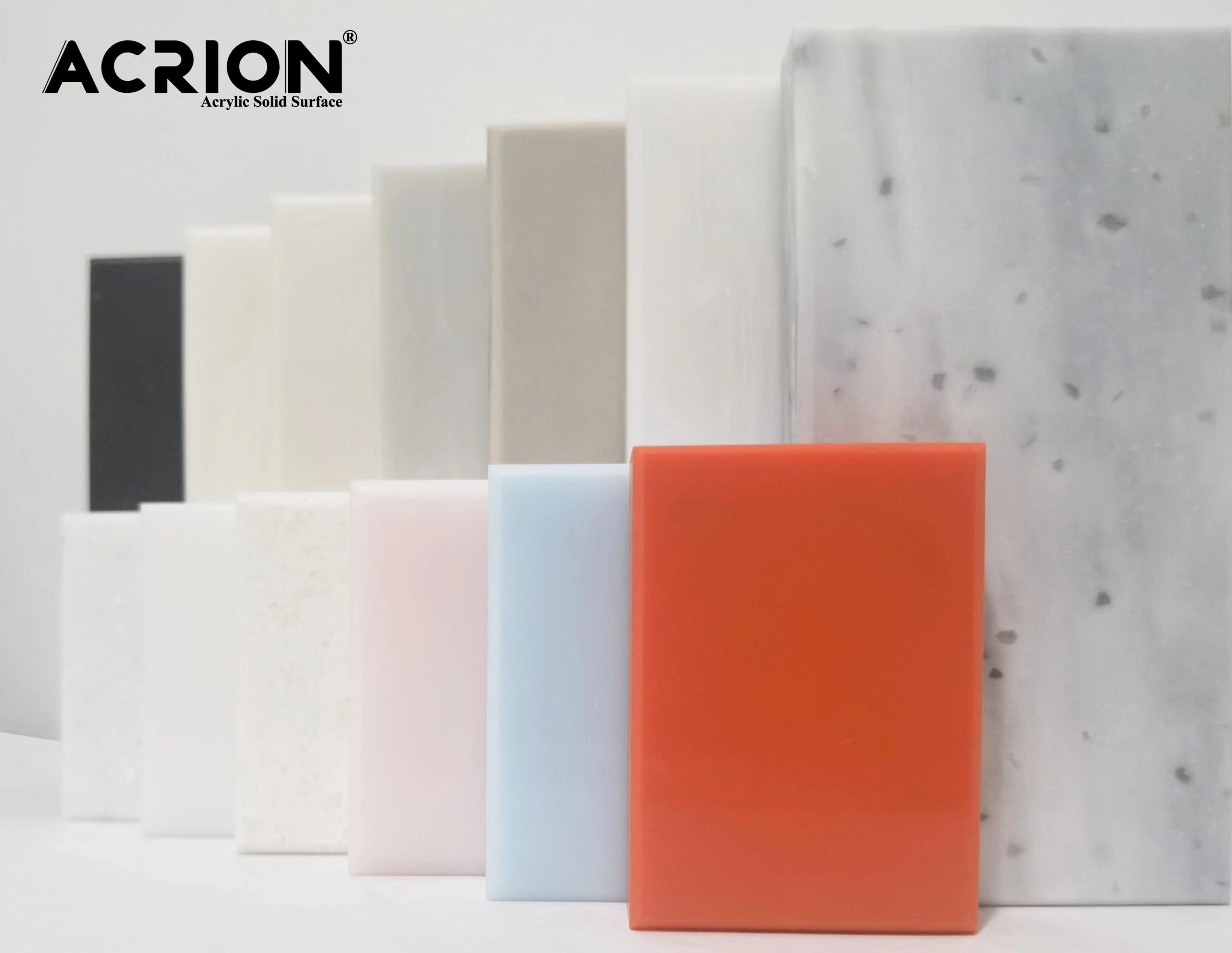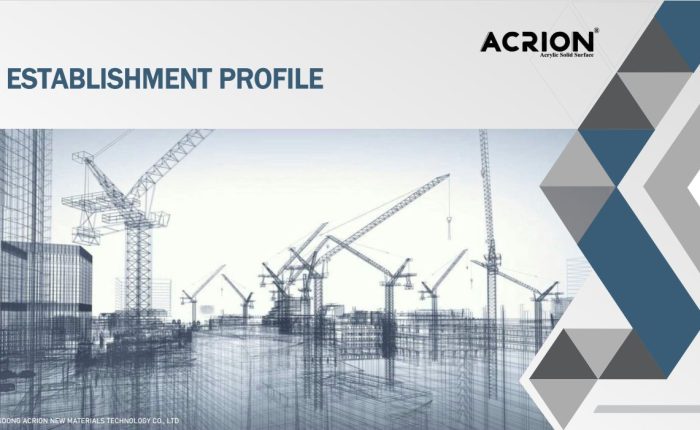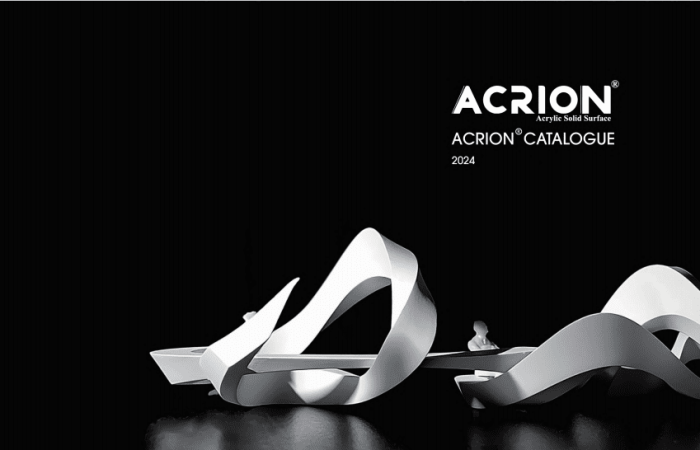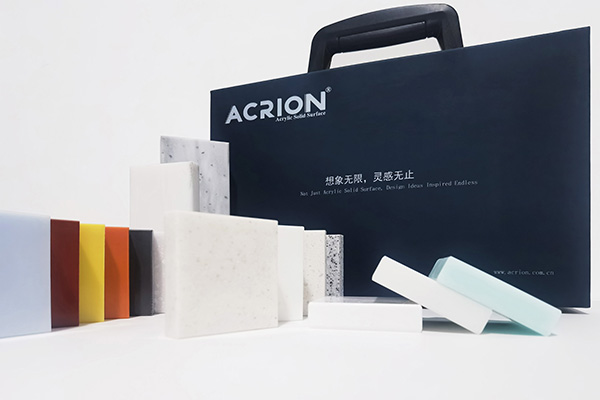จุดสำคัญที่สำคัญในการติดตั้งเคาน์เตอร์ ACRION
การเตรียมสารตั้งต้นและการตรวจสอบการจัดตำแหน่ง
รากฐานของการติดตั้ง Acrion ที่ไร้ที่ติเริ่มต้นด้วยการเตรียมสารตั้งต้น cabinetry ที่รองรับทั้งหมดจะต้องบรรลุระดับภายใน± 2 มม. ในช่วง 1 เมตรใด ๆ ตรวจสอบโดยใช้ระดับเลเซอร์และตรง พื้นผิวที่ไม่สม่ำเสมอสร้างความเข้มข้นของความเครียดที่อาจนำไปสู่การเสียรูปที่มองเห็นได้หรือความล้มเหลวของกาวเมื่อเวลาผ่านไป สำหรับการติดตั้งแบบลอยตัวแนะนำให้ใช้ท็อปไม้อัดขนาด 12 มม. โดยยึดด้วยสกรูที่ทนต่อการกัดกร่อนในช่วง 200 มม. เพื่อป้องกันการงอ
การจัดแนวผนังนำเสนอปัจจัยสำคัญอีกประการหนึ่ง ในห้องครัวพื้นที่ backsplash ควรรักษา 90 องศาในการตั้งฉากภายใน± 1 มม. ความทนทานต่อการวัดโดยใช้ตัวค้นหามุมดิจิตอล แม้แต่การเบี่ยงเบนเล็กน้อยก็ขยายออกไปเมื่อติดตั้ง backsplashes ที่มีความหนา 20 มม. ซึ่งอาจสร้างช่องว่างที่ลดลง กรณีศึกษาพบว่าการแก้ไขการเยื้องศูนย์ผนัง 3 มม. ก่อนที่การติดตั้งจะไม่จำเป็นต้องเติมซิลิโคนโพสต์การติดตั้งซึ่งมักจะเปลี่ยนสีเมื่อเวลาผ่านไป
แอปพลิเคชันกาวและโปรโตคอลการบ่ม
กระบวนการพันธะต้องการการควบคุมสภาพแวดล้อมอย่างพิถีพิถัน ประสิทธิภาพของกาวที่ดีที่สุดเกิดขึ้นระหว่าง 18 ° C และ 25 ° C โดยมีความชื้นสัมพัทธ์ต่ำกว่า 65% ในสภาพแวดล้อมที่เย็นกว่าพื้นที่ทำงานควรได้รับความร้อนเป็นเวลา 24 ชั่วโมงก่อนการติดตั้งเพื่อป้องกันการบ่มก่อนวัยอันควร สำหรับโครงการขนาดใหญ่อัตราส่วนการผสมกาวจะต้องปฏิบัติตามข้อกำหนดของผู้ผลิตอย่างแม่นยำ-อัตราส่วนปริมาตร 10: 1 สำหรับอีพอกซีสองส่วน
การเสริมแรงร่วมต้องใช้การวางลูกปัดเชิงกลยุทธ์ ตามตะเข็บแนวนอนลูกปัดกาวขนาดเส้นผ่าศูนย์กลาง 8 มม. อย่างต่อเนื่องช่วยให้มั่นใจได้ว่าการครอบคลุมที่เพียงพอโดยไม่ต้องบีบออกมากเกินไป ข้อต่อแนวตั้งได้รับประโยชน์จากรูปแบบซิกแซกที่มียอดเขา 5 มม. ทุก 15 มม. สร้างกลไกเชิงกล หลังจากการประกอบความดันหนีบควรถึง 0.5n/mm²อย่างสม่ำเสมอทั่วทั้งข้อต่อได้รับการดูแลเป็นเวลา 45 นาทีเพื่อให้ได้ความแข็งแรงในการรักษาเริ่มต้น 70%
การตัดที่แม่นยำและการรักษาขอบ
การตัด ACRION ต้องการเครื่องมือพิเศษเพื่อป้องกันการบิ่น ใบเลื่อยแบบวงกลมปลายเพชรที่มีฟัน 120 ซี่ต่อนิ้วพิสูจน์ได้ว่ามีประสิทธิภาพมากที่สุดจับคู่กับการตัดคะแนน 3 มม. ก่อนที่จะผ่านไปอย่างเต็มรูปแบบ สำหรับ sink cutouts ระบบเทมเพลตที่มีการชดเชย 2 มม. ช่วยให้มั่นใจได้ว่ามีการกวาดล้างที่เหมาะสมรอบหน้าแปลน ในการติดตั้งครั้งเดียวการใช้เราเตอร์ CNC ที่มีการตรึงตารางสูญญากาศลดการบิ่นขอบ 90% เมื่อเทียบกับวิธีการตัดด้วยตนเอง
การตกแต่งขอบต้องใช้การขัดแบบก้าวหน้าเริ่มต้นด้วยการกัดกร่อน 120 กรวดก้าวหน้าผ่าน 220 กรวดและ 400 กรวดก่อนการขัดสุดท้าย ข้อผิดพลาดทั่วไปคือการข้ามขั้นตอนกรวดซึ่งทำให้รอยขีดข่วนที่มองเห็นได้ซึ่งปรากฏชัดเจนภายใต้แสงทิศทาง สำหรับโปรไฟล์ bullnose บิตเราเตอร์รัศมี 6 มม. สร้างเส้นโค้งที่สอดคล้องกันตามด้วยการขัดด้วยมือด้วยแผ่นขัดที่ยืดหยุ่นเพื่อกำจัดเครื่องหมายของเครื่อง
การรวมตะเข็บและระบบกันน้ำ
การมองเห็นตะเข็บลดลงผ่านการเลือกกาวที่จับคู่สี การทดสอบตัวอย่างกาวกับพื้นผิว ACRION ภายใต้สภาวะแสงที่หลากหลายช่วยป้องกันไม่ให้สีหลังการติดตั้งไม่ตรงกัน ในระหว่างการประกอบควรกำจัดการบีบกาวออกทันทีด้วยแอลกอฮอล์ isopropyl เพื่อป้องกันการย้อมสีถาวร การลบหลู่ 3 มม. ตามขอบตะเข็บสร้างเส้นเงาที่ช่วยลดการรับรู้ร่วมกันได้
การกันน้ำต้องการการป้องกันคู่ที่โซนที่มีช่องโหว่ รอบอ่างล้างมือลูกปัดซิลิโคนกว้าง 15 มม. เป็นอุปสรรคหลักซึ่งเสริมด้วยการเคลือบอีพ็อกซี่กว้าง 50 มม. ที่ด้านล่าง สำหรับการเปลี่ยน backsplash ลึก 3 มม. โดยร่องกว้าง 6 มม. ที่เต็มไปด้วยยาแนวที่ยืดหยุ่นรองรับการเคลื่อนไหวทางความร้อนโดยไม่ต้องแตกร้าว ในการติดตั้งโต๊ะเครื่องแป้งในห้องน้ำวิธีนี้ยังคงความสมบูรณ์ของน้ำผ่านรอบเปียก/แห้ง 10,000 รอบในการทดสอบอายุเร่ง
การตรวจสอบขั้นสุดท้ายและการทดสอบประสิทธิภาพ
การติดตั้งที่เสร็จสมบูรณ์นั้นต้องมีการประเมินอย่างเป็นระบบภายใต้เงื่อนไขแสงหลายแห่ง แสงแดดโดยตรงเผยให้เห็นความไม่สมบูรณ์ในการจัดตำแหน่งตะเข็บในขณะที่แสงฟลูออเรสเซนต์เน้นความไม่สอดคล้องกับพื้นผิว การใช้ไฟฉาย LED 500 ลูเมนที่มุม 45 องศาทำให้เกิดรูเข็มใด ๆ ในแอพพลิเคชั่นที่สามารถป้องกันการรั่วซึมได้
การทดสอบการทำงานรวมถึงการวางโหลด 50 กิโลกรัมบนยื่นออกมาเพื่อตรวจสอบการสนับสนุนโครงสร้างและใช้น้ำเป็นเวลา 30 นาทีเพื่อตรวจสอบการรั่วไหลที่ข้อต่อทั้งหมด ระยะเวลาการรักษาตลอด 24 ชั่วโมงควรผ่านพ้นไปก่อนที่จะใช้เสื้อโค้ทซีลแลนต์สุดท้ายทำให้ก๊าซกาวตกค้างหายไป ในการติดตั้งเชิงพาณิชย์เคาน์เตอร์ที่อยู่ภายใต้การกระแทก 10,000 รอบด้วยลูกบอลเหล็ก 2 กก. ทำให้มั่นใจได้ถึงความทนทานในระยะยาวภายใต้การใช้งานหนัก



